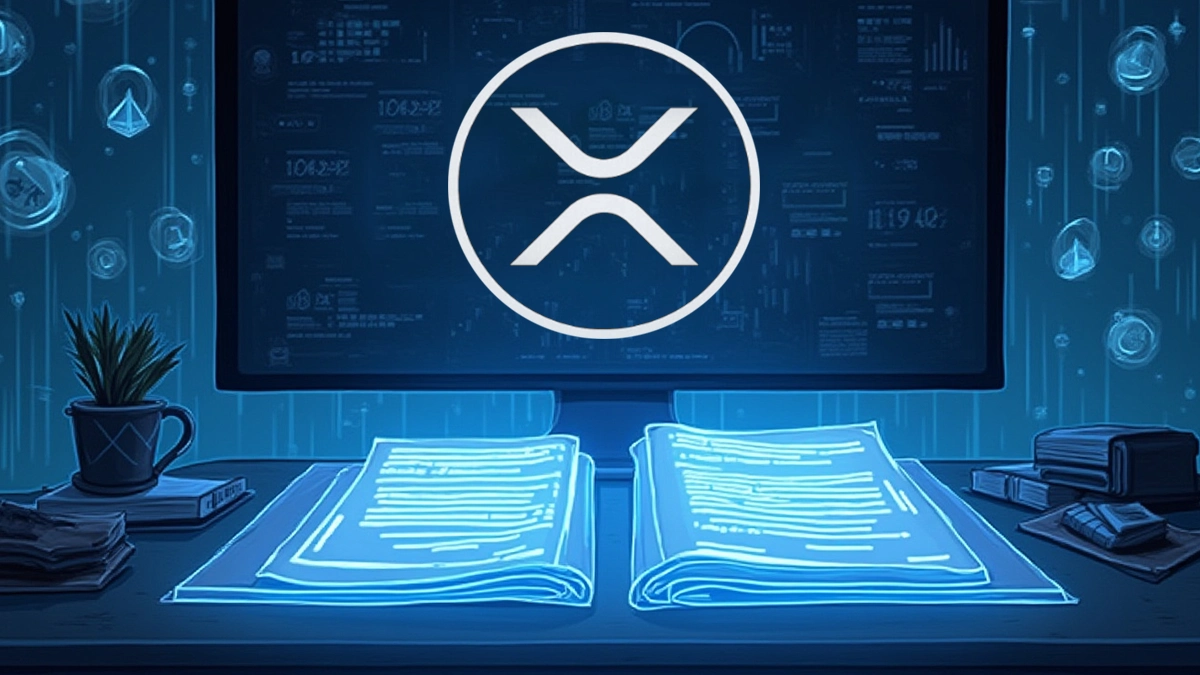- Ethereum has devoted its efforts to simplify protocol operations to lower complexity levels while making systems more transparent and decentralized.
- Efforts are underway to replace complex epochs by implementing validators with lightweight operations which use STARK-based aggregation methods.
- The blockchain ecosystem proposes exploring EVM and RISC-V or Cairo upgrades to enhance zero-knowledge proof capabilities and revamp Ethereum systems.
According to DCinvestor analyst, Ethereum co-founder Vitalik Buterin published a blog post stating that Ethereum’s goal is to become the world’s ledger – a platform that handles civilization assets and records while supporting essential infrastructure protocols like finance, governance, and high-value data authentication.
From the Proof-of-Stake transition to zero-knowledge proof research, Ethereum has focused on scalability and decentralization. However, a critical and often overlooked aspect—protocol simplicity—is now coming to the forefront.
Simplicity is the ultimate shield of decentralization
Maintaining the simplicity of the protocol helps Bitcoin or Ethereum become a trusted, neutral, and globally trusted infrastructure layer. Historic performance of Ethereum has yielded unsatisfactory results leading to unnecessary development costs, security risks, and a closed research culture.
In the next five years, Ethereum has the capability to simplify its methods which will perform at a level similar to Bitcoin’s system through two distinct operational layers: consensus and execution.
Rethinking Complexity in the Consensus Layer
A central point of discussion is the proposed redesign of Ethereum’s consensus layer, currently driven by the concept of “3-slot finality.” The proposed approach intends to swap out complex systems such as epochs and sync committees through a simple finality system which developers could express in only a few hundred lines of code.
New studies are presently focused on creating simplified peer-to-peer networking as well as straightforward validator responsibility protocols. With the help of advanced cryptography like STARK-based aggregation, the idea is to reduce the number of active validators and introduce lightweight aggregator roles—making the system not only stronger but also easier to understand and verify.
Execution Layer: A Candidate for Radical Change
Ethereum’s virtual machine—the EVM—has grown increasingly complex, with several opcodes and precompiles optimized for niche use cases. This has triggered proposals to transition toward a cleaner, minimal virtual machine such as RISC-V or Cairo because these systems function natively on zero-knowledge proof platforms.
The move to RISC-V would create improved execution speeds for ZK proofs and make Ethereum easier to integrate with popular programming languages. To preserve compatibility with older versions of the system the community is working on several separate implementation phases.
The transitional strategy includes sustaining parallel operation between EVM and RISC-V systems before executing a final transition that will interpret EVM contracts within RISC-V to shift their core processing from the consensus pathway.
Simplifying Code and Unifying Protocol Layers
The concepts of simplicity and decentralization share several similar features alongside their role as upstream values which produce resilient systems. The Ethereum research community demands a unification of duplicated system elements.Various proposals present the recommendation to use a unified erasure coding system that spans data availability functions as well as peer-to-peer communications and historical storage.
To reduce long-term risks and make Ethereum more accessible to developers, the network is moving toward simplifying its core code and aligning protocol standards. Following the minimalist principles of tinygrad, we advocate establishing a maximum number of lines for consensus code in Ethereum’s future standards.
Ethereum’s developers aim to achieve design simplicity in their consensus layer by emulating Bitcoin’s elegant system complexities. The historical rule processing code for Ethereum will be kept as a separate entity which should not be part of the critical consensus path to safeguard system efficiency.














